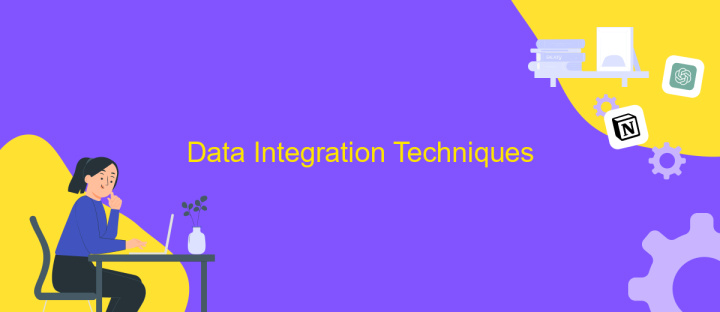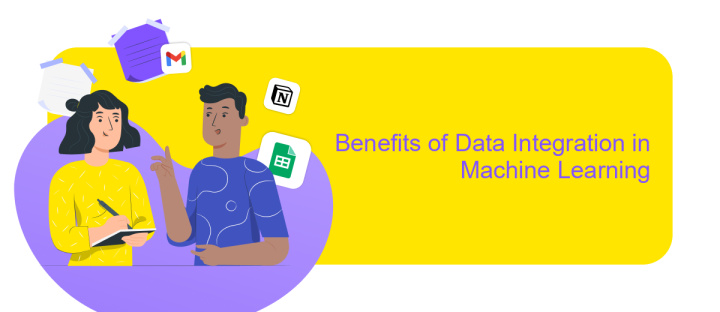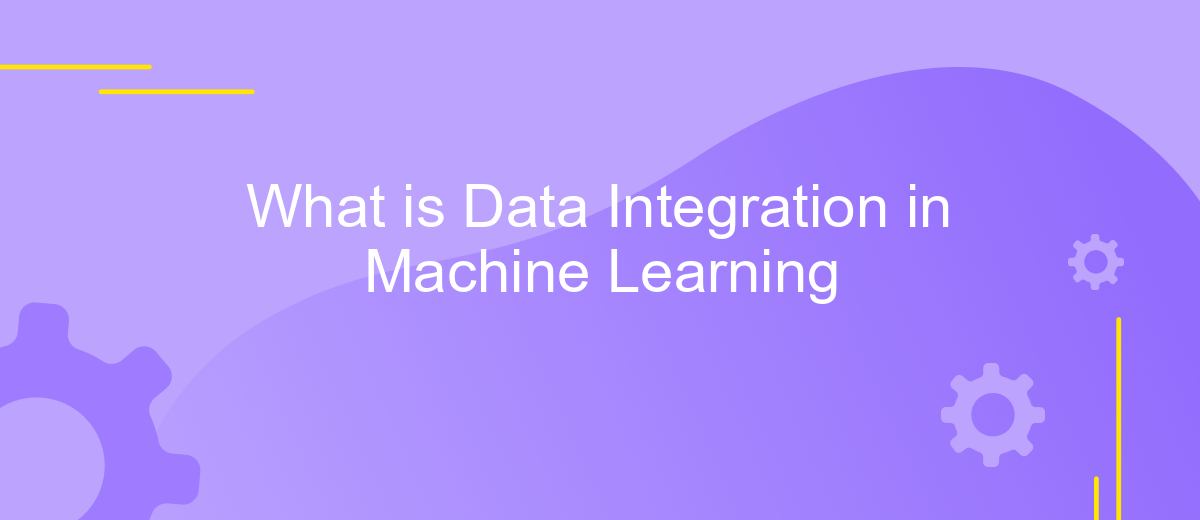What is Data Integration in Machine Learning
Data integration in machine learning involves combining data from various sources to provide a unified view, essential for effective analysis and decision-making. This process ensures that machine learning models have access to comprehensive, high-quality data, enabling more accurate predictions and insights. Understanding data integration is crucial for leveraging the full potential of machine learning in diverse applications.
Introduction
Data integration in machine learning is a crucial process that combines data from different sources to provide a unified view. This process is essential for creating robust machine learning models that can make accurate predictions and decisions. By integrating data, organizations can leverage diverse datasets to enhance the quality and comprehensiveness of their analyses.
- Combining data from multiple sources
- Ensuring data consistency and accuracy
- Enabling comprehensive data analysis
- Improving predictive model performance
Understanding data integration is vital for data scientists and machine learning practitioners. It involves various techniques and tools to merge, clean, and transform data. Proper data integration ensures that the resulting datasets are reliable and valuable for training machine learning algorithms. This foundational step ultimately leads to more insightful and actionable outcomes in various applications.
Data Integration Challenges

Data integration in machine learning presents several challenges that can hinder the efficiency and accuracy of models. One major issue is the inconsistency and heterogeneity of data sources. Different systems often store data in various formats and structures, making it difficult to consolidate them into a unified dataset. Additionally, data quality issues such as missing values, duplicates, and inaccuracies can further complicate the integration process, requiring extensive data cleaning and preprocessing efforts.
Another significant challenge is the scalability of data integration solutions. As the volume of data grows, traditional methods may become inefficient, leading to longer processing times and increased computational costs. Tools like ApiX-Drive can help mitigate these challenges by providing automated, scalable solutions for integrating data from multiple sources. ApiX-Drive offers a user-friendly interface and robust features that simplify the process of connecting disparate systems, ensuring that data is accurately and efficiently combined for machine learning applications.
Data Integration Techniques

Data integration is a crucial step in machine learning, as it ensures that data from multiple sources is combined in a manner that is both coherent and useful for analysis. Effective data integration can significantly enhance the performance of machine learning models by providing a more comprehensive dataset. Below are some commonly used data integration techniques:
- ETL (Extract, Transform, Load): This method involves extracting data from various sources, transforming it into a suitable format, and then loading it into a target database or data warehouse.
- Data Warehousing: This technique consolidates data from different sources into a central repository, making it easier to perform complex queries and analyses.
- Data Virtualization: This approach allows users to access and manipulate data without requiring technical details about the data's source or format.
- API Integration: APIs (Application Programming Interfaces) enable seamless data exchange between different systems, allowing for real-time data integration.
Each of these techniques has its own advantages and is chosen based on the specific requirements of the machine learning project. Selecting the right data integration method can lead to more accurate models and better decision-making capabilities.
Benefits of Data Integration in Machine Learning

Data integration in machine learning is crucial for creating robust and reliable models. By combining data from multiple sources, we can achieve a more comprehensive understanding of the problem at hand. This holistic view enables machine learning algorithms to make more accurate predictions and uncover hidden patterns that might be missed when using isolated datasets.
Moreover, data integration enhances the quality and completeness of the datasets, which is essential for training effective machine learning models. It helps in reducing biases and ensuring that the models are trained on diverse and representative data. This leads to better generalization and performance when applied to real-world scenarios.
- Improved data quality and completeness
- Enhanced predictive accuracy
- Reduction in biases
- Better generalization of models
- Uncovering hidden patterns
In conclusion, integrating data from various sources is a fundamental step in the machine learning pipeline. It not only improves the performance and reliability of the models but also enables more insightful and actionable outcomes. As a result, organizations can make better-informed decisions and drive innovation with confidence.
Conclusion
In conclusion, data integration plays a crucial role in the realm of machine learning by ensuring that diverse datasets are seamlessly combined to provide a comprehensive view for analysis. This integration facilitates the extraction of valuable insights and enhances the accuracy of predictive models. Effective data integration requires robust strategies and tools to manage data from various sources, ensuring consistency and reliability.
Services like ApiX-Drive simplify the process of data integration by offering automated solutions that connect and synchronize disparate data sources. By leveraging such tools, organizations can streamline their data workflows, reduce manual intervention, and focus more on deriving actionable insights. As machine learning continues to evolve, the importance of efficient data integration will only grow, making it imperative for businesses to adopt advanced integration solutions to stay competitive.
FAQ
What is data integration in machine learning?
Why is data integration important in machine learning?
What challenges are associated with data integration in machine learning?
How can data integration be automated in machine learning workflows?
What are the best practices for data integration in machine learning?
Apix-Drive is a universal tool that will quickly streamline any workflow, freeing you from routine and possible financial losses. Try ApiX-Drive in action and see how useful it is for you personally. In the meantime, when you are setting up connections between systems, think about where you are investing your free time, because now you will have much more of it.

